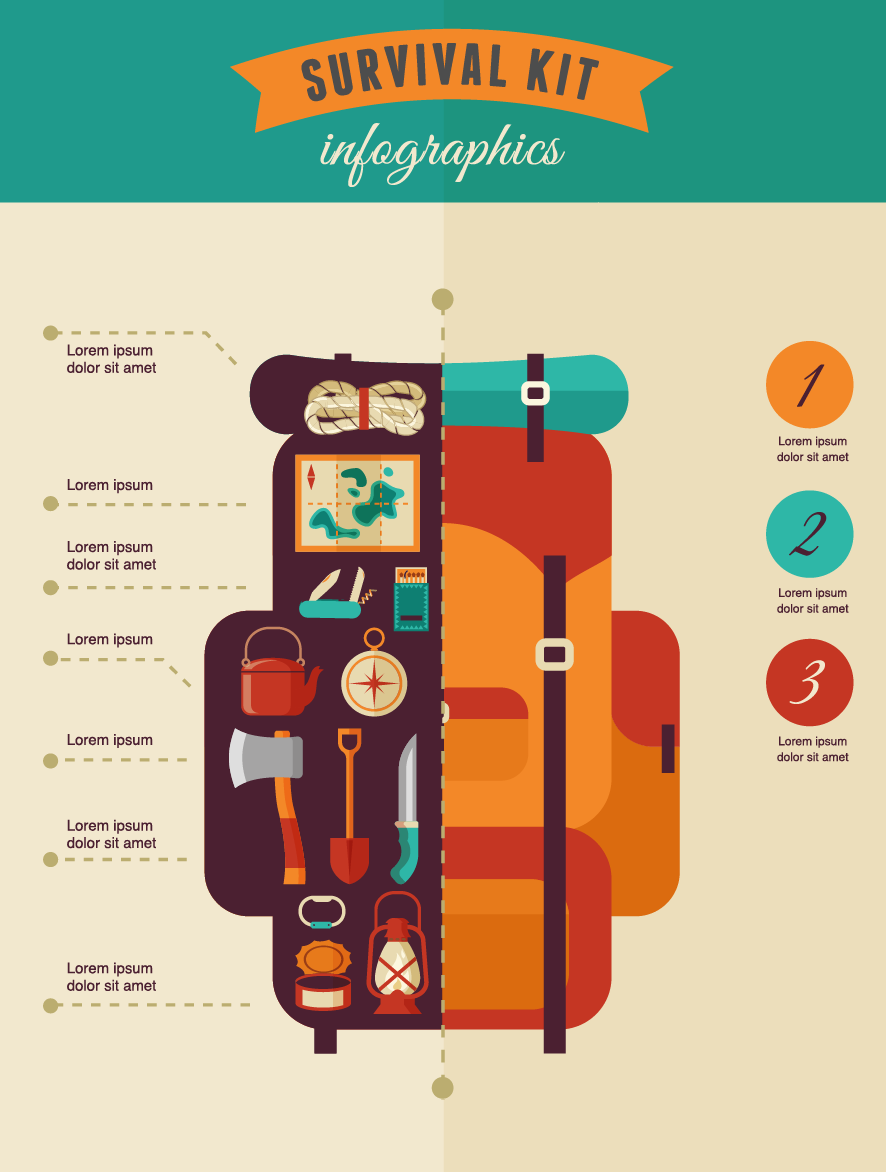Envision a camping trip that starts calm however quickly turns rough. That's when outdoor tents man lines can be found in handy.
These added ropes connect to loopholes on a camping tent's rain fly and are laid into the ground a couple of feet away. They make sure the rain fly stays tight and stop structural damages from wind or winter climate condition.
They Keep Your Outdoor Tents Sturdy
The man lines (additionally referred to as guy ropes) that you'll discover crisscrossing the outer fly of your camping tent may appear like optional devices, however they supply essential benefits for camping convenience and durability. They support and anchor a camping tent to the ground, boosting its performance in gusty conditions, and assist maintain rain out of the mesh of your outdoor tents.
The best camping tents include a number of individual line loops around the boundary of their external fly, and it is very important to utilize them correctly. Begin by protecting the cost-free end of each man line to its assigned loophole, after that secure the other end to a support factor, such as a tent stake or rock, and tighten it to make the line tight.
The correct tension for a person line relies on the dimension of your camping tent and the weather where you're camping, yet it should always be adequately limited to prevent sagging or areas of excessive stress and anxiety that can damage the material of your camping tent or its joints. Some tents include man line insurance adjusters that permit you to conveniently increase or decrease tension as needed.
They Keep Your Camping Tent Dry
Whether it's wind or rainfall, a poorly set up tent can rapidly become a damp and unpleasant experience. Thankfully, man lines can help you stay completely dry and stable during regrettable climate condition by securing your outdoor tents to the ground.
You can find these long cords (aka "man ropes") on the outer fly of your tent or around the base of your camping tent. Essentially, they are developed to connect to loops on the camping tent and be laid into the ground at an angle and a distance away from the camping tent.
When correctly connected, the man line must be drawn taut so it uses stability to your camping tent structure. Nevertheless, extreme tightness can put a strain on the camping tent's fabric and poles. To avoid this, we recommend making use of an individual line insurer to make improvements the tension, keeping an equilibrium in between stability and material stress. The adjustable feature is likewise valuable for preventing that twelve o'clock at night trip-and-fall.
They Stop Outdoor Tents Structural Damages
Person lines are a key part to first aid kit outdoor tents security and can aid protect against structural damage to your shelter in severe weather conditions. They operate in conjunction with the tent poles to develop a stronger structure that is more resilient and can stand up to a lot higher winds than an outdoor tents without guy lines.
Other than enhancing stability, person lines can also advertise appropriate air flow within your tent. They keep the rain fly separate from the camping tent body, enabling air to circulate openly between the two wall surfaces and decrease the build-up of condensation.
Outdoors tents are typically furnished with guy line loops that run along the sides and edges of the sanctuary. Make sure that these loops are firmly connected with a solid, dependable knot like a bowline or a taut-line drawback (a traditional Boy Scout knot that readjusts when tightened). It's best to have added risks offered for securing the individual lines in varying ground conditions, as not all camping tents consist of sufficient risks to secure both the outdoor tents and the guy lines.
They Keep You Safe
Outdoor tents person lines may appear like a nuisance and an extra step in outdoor tents arrangement, yet they're essential to your sanctuary's security in severe climate. I've been camping a long time and have seen many campers disregard these ropes or otherwise utilize them correctly. When the wind kicks up a storm, those disregarded lines will promptly turn into makeshift parachute-like structures that pull on your camping tent, distort it and pull it off its anchor factors.
To stop this, you should always use individual line loopholes and risk them to the ground with a trusted knot such as a bowline or more half drawbacks (clove hits). Bear in mind that tighter is not much better - your camping tent guy lines need to be taut sufficient to stand up to sagging however not so limited that they put unnecessary stress and anxiety on the camping tent textile or seams or cause the poles to flex exceedingly. This will certainly reduce the danger of architectural damage and enhance your sanctuary's overall sturdiness and useful space.
